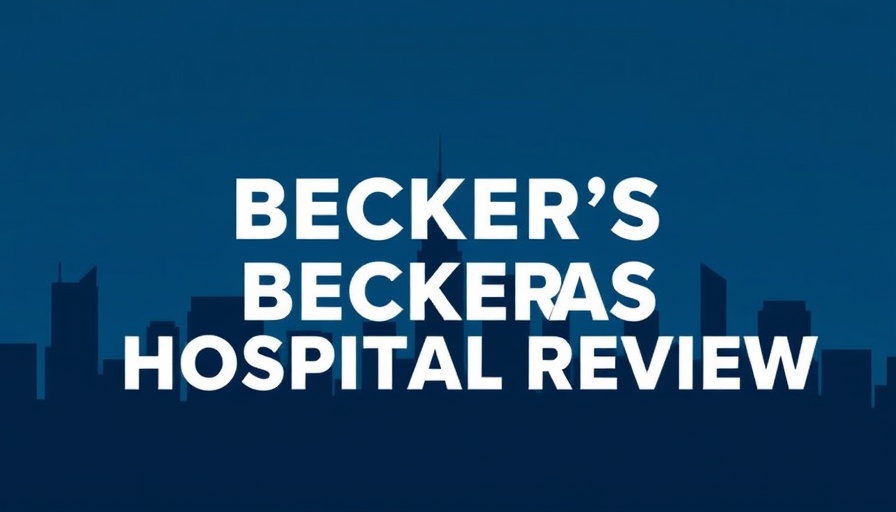
The Anesthesia Crisis: A Growing Concern for Healthcare Systems
As we navigate the complex landscape of healthcare, one issue looms large: the severe shortage of anesthesiologists across the United States. Projections indicate that by 2037, the country could face a shortfall of 8,450 anesthesiologists, significantly impacting patient care and hospital operations.
This alarming trend was the focal point of a recent panel discussion at a Becker's Healthcare virtual anesthesia conference, where esteemed healthcare leaders shed light on the challenges and potential solutions. The panel, moderated by Shannon Peterson from Medicus Healthcare Solutions, highlighted that the increasing demand for anesthesia services, coupled with a declining number of practitioners entering the field, is causing significant disruptions in patient access to necessary care.
Disruption and Its Effects on Patient Care
Staff shortages in anesthesia are now compounded by the consolidation of hospitals and a shift in care delivery models. Dr. Daniel Fagin, Medical Director at Endeavor Health, pointed out that such consolidations often displace private practice anesthesia groups, causing disruptions that can ultimately lead to reduced procedural volume.
Dr. Matthew Boles, Executive Vice President of Surgical Services at Salem Health, reiterated the grave consequences of these shortages. In certain areas of Oregon, health systems have faced up to a 50% reduction in procedural volume, affecting surgeries that are essential for patients with serious conditions. “The patients are the ones who suffer,” he stated, shedding light on the urgent need for immediate solutions to this escalating crisis.
Innovative Solutions Through Care Team Models
In response to these challenges, many healthcare organizations are now adopting care team models for anesthesia. These models incorporate a diverse range of professionals, including certified registered nurse anesthetists (CRNAs), student registered nurse anesthetists (SRNAs), and anesthesiologist assistants (AAs), thus alleviating the pressure on anesthesiologists while maintaining a high standard of patient care.
“Working with AAs, CRNAs, and residents as partners allows us to maximize the expertise present within our teams,” emphasized Dr. Daniel Roke from Saint Louis University. He further highlighted the importance of nurturing this next generation of anesthesia professionals through dedicated training programs, such as those developed for SRNAs and AAs.
Overcoming Resistance to Change in Anesthesiology
Despite the potential benefits of incorporating these care team models, significant resistance to change persists within some healthcare settings. Dr. Roke noted that effective change management strategies are essential to support the transition. Implementing new models of care requires thoughtful planning and communication to address existing biases and misconceptions within the medical community.
The Future of Anesthesia: A Collaborative Approach
The integration of innovative anesthesia models can lead to greater job satisfaction among medical staff, improved patient outcomes, and increased flexibility in handling patient loads. As healthcare systems grapple with the ongoing crisis, adopting a collaborative approach that includes a wider variety of skilled professionals will be vital. This method not only enhances the resilience of anesthesia services but also provides patient-centric care that aligns with the demands of modern healthcare.
Call to Action: Embrace Change for Improved Patient Care
Healthcare professionals, administrators, and policymakers must collaborate to address the growing anesthesia crisis. Exploring care team models and investing in training programs are critical steps toward improving patient access and outcomes. Together, we can foster an environment that prioritizes innovation and collaboration, ultimately ensuring that patients receive the care they need, when they need it.
 Add Row
Add Row  Add
Add 




Write A Comment